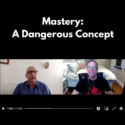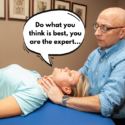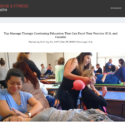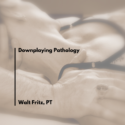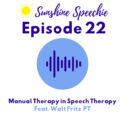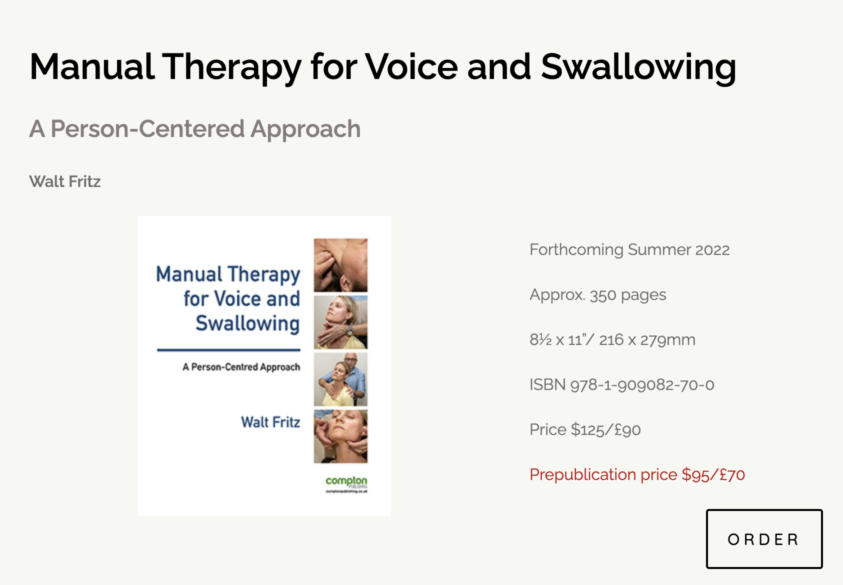Might touch-based cueing be more similar to manual therapy/massage touch than many believe?
Thirty-seven years of a physical therapy career has taught me much but left me confused about just as much. I’ve learned the value of movement, be it presented as strengthening for the remediation of problems or a more generic movement for those same outcomes. I’ve seen the importance of balance, though now I shy away from seeing the solving of issues being dependent on achieving perfect balance. And I’ve seen touch help move people through their dysfunctions, though I no longer worship one form of touch as I once did. Continue Reading



